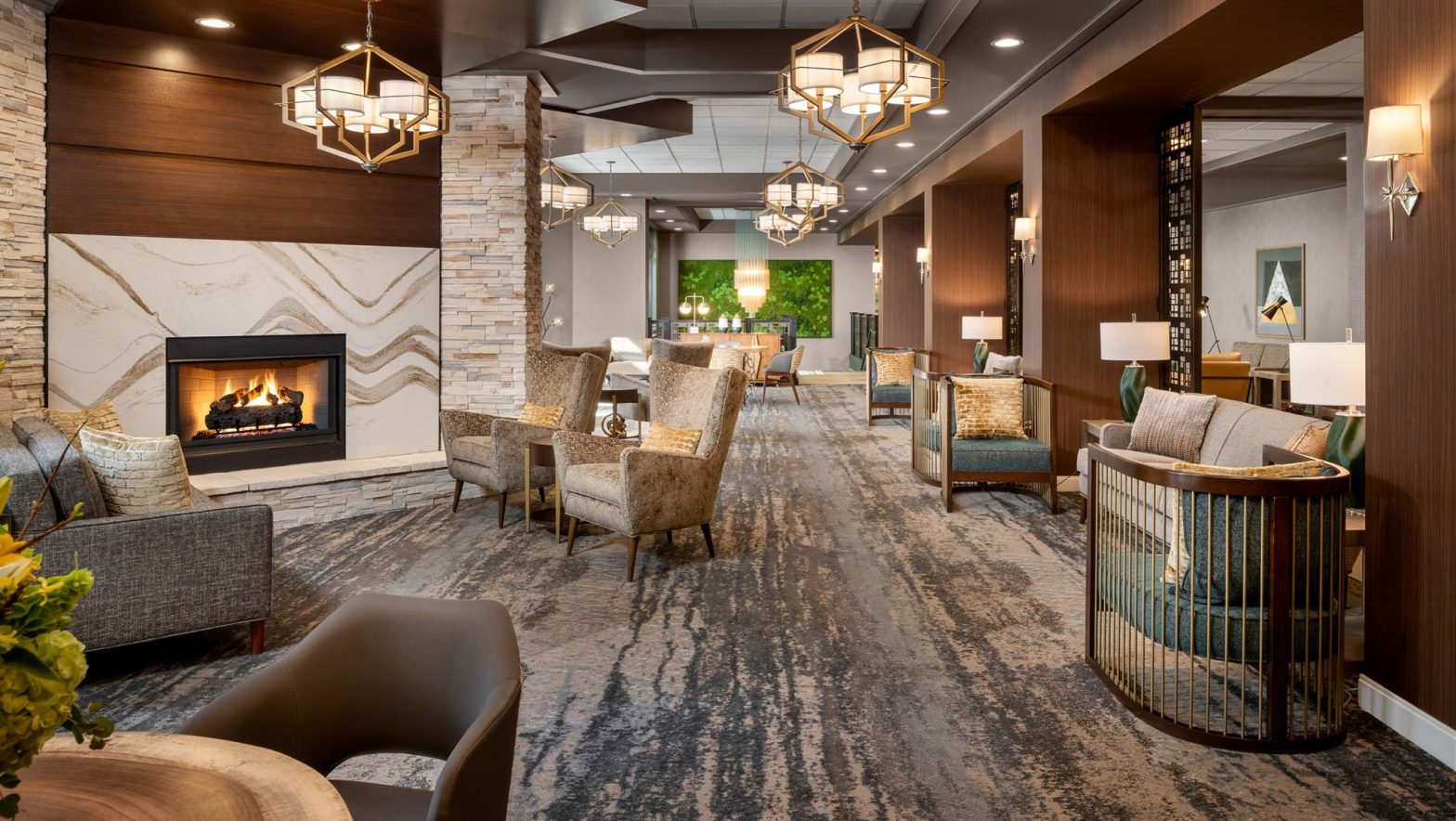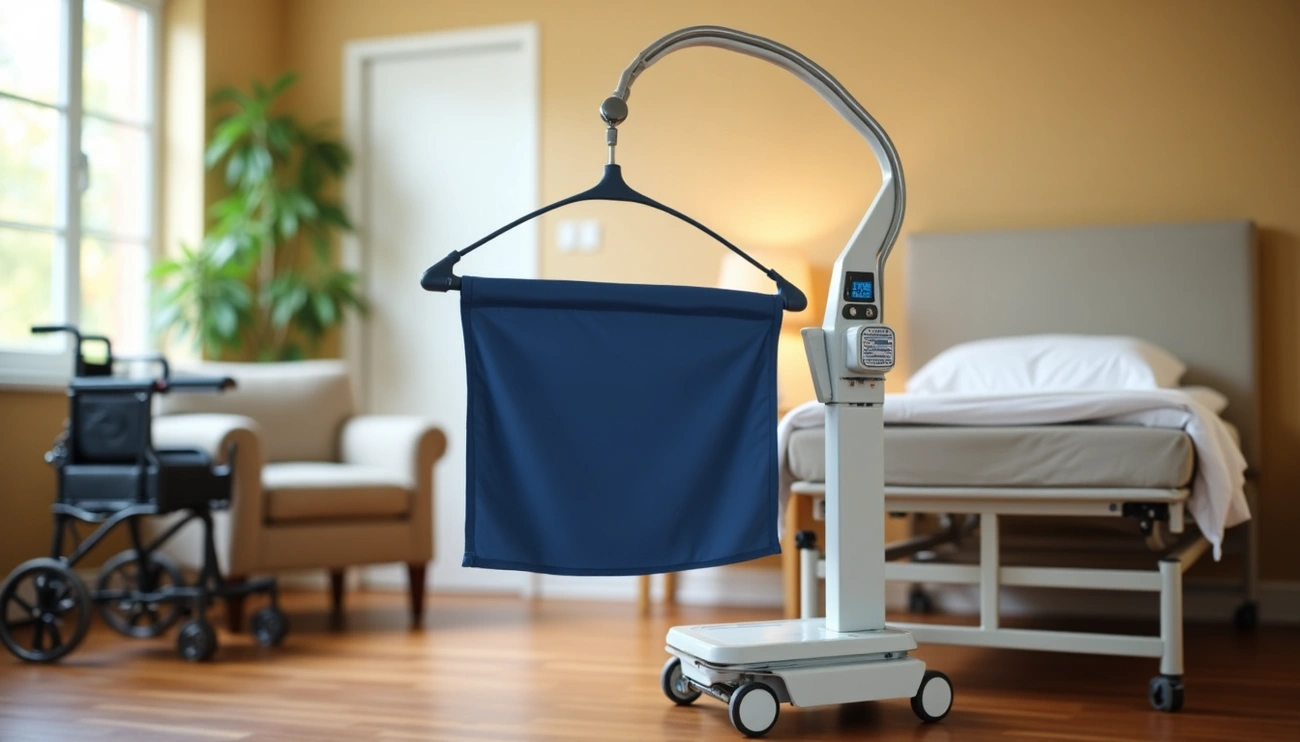Deciding to transition to an assisted living facility, or making that decision for a loved one, can be a complex process filled with numerous considerations. The primary objective is to find a place that not only provides excellent care but also promotes a fulfilling, active, and comfortable lifestyle. This article provides a comprehensive guide on how to select the best-assisted living facility and what potential pitfalls to be cautious of.
Understanding Assisted Living
Assisted living facilities are designed for individuals who may need help with daily activities such as bathing, dressing, medication management, or meal preparation, but who do not require intensive medical and nursing care provided by nursing homes. They offer a residential setting, various recreational activities, and personalized care services aimed at promoting independence, preserving dignity, and enhancing the quality of life.
Factors to Consider when Choosing an Assisted Living Facility
1. Services and Amenities
Consider the range of services offered and whether they meet your or your loved one’s specific needs. Common services include meal preparation, housekeeping, laundry, transportation, personal care, and medication management. Many facilities also offer social activities and programs.
Additionally, consider the amenities available, such as dining options, fitness facilities, beauty salons, gardens, and common areas for socializing. The best assisted living communities will have a wide range of amenities that cater to diverse interests and preferences.
2. Staffing
Staff is an integral part of the assisted living experience. Look at the staff-to-resident ratio, the availability of medical professionals, and the training and qualifications of the staff. Ensure the staff is friendly, respectful, and patient.
3. Cost
Costs for assisted living can vary widely depending on location, size, services, and amenities. Be sure to understand what is included in the base price and what services come at an additional cost.
4. Location
Location can impact the convenience of family visits and proximity to medical facilities or other amenities. You may want to choose a facility close to your home or in a location that your loved one finds pleasing.
5. Resident Rights and Community Policies
Understand the rights of residents and the policies of the facility. This includes policies on privacy, personal property, independence, decision-making, and how the facility handles medical emergencies.
6. Feedback from Current Residents and Families
Speak to current residents and their families about their experience. Their insights can give you a clearer picture of what life is like at the facility.
Red Flags: What to Watch Out For
While touring facilities and talking to staff, pay attention to potential red flags:
- Poor Staff Interaction: If the staff seems disinterested, impatient, or disrespectful to residents, it’s a sign of poor care.
- Lack of Cleanliness: If the facility isn’t clean or well-maintained, this may reflect a lack of attention to resident needs.
- Negative Reviews: While no facility will be without criticism, consistent negative feedback or unresolved complaints should raise concerns.
- Limited Recreational Activities: A lack of organized activities could lead to boredom and isolation for residents.
- Inadequate Meal Services: Unappetizing, unhealthy, or inflexible meal options can impact a resident’s health and satisfaction.
- High Staff Turnover: This could indicate a poorly managed facility or unsatisfactory working conditions, which could impact the quality of care.
Choosing an assisted living facility is an important decision, and it’s essential to take the time to research, visit multiple options, ask the right questions, and listen to your instincts. Remember, the goal is to find a place where you or your loved one will feel comfortable,












